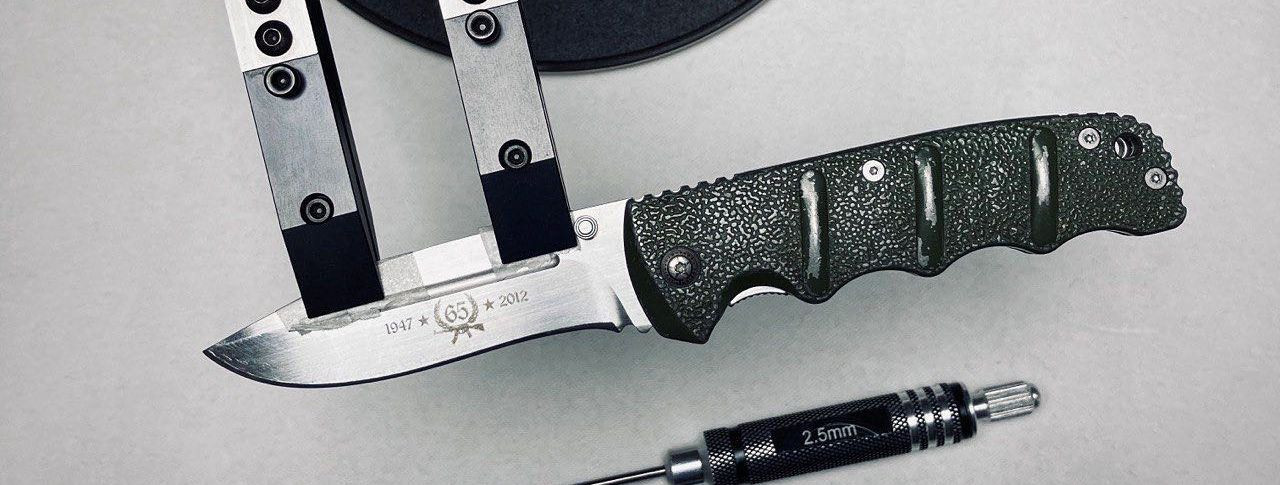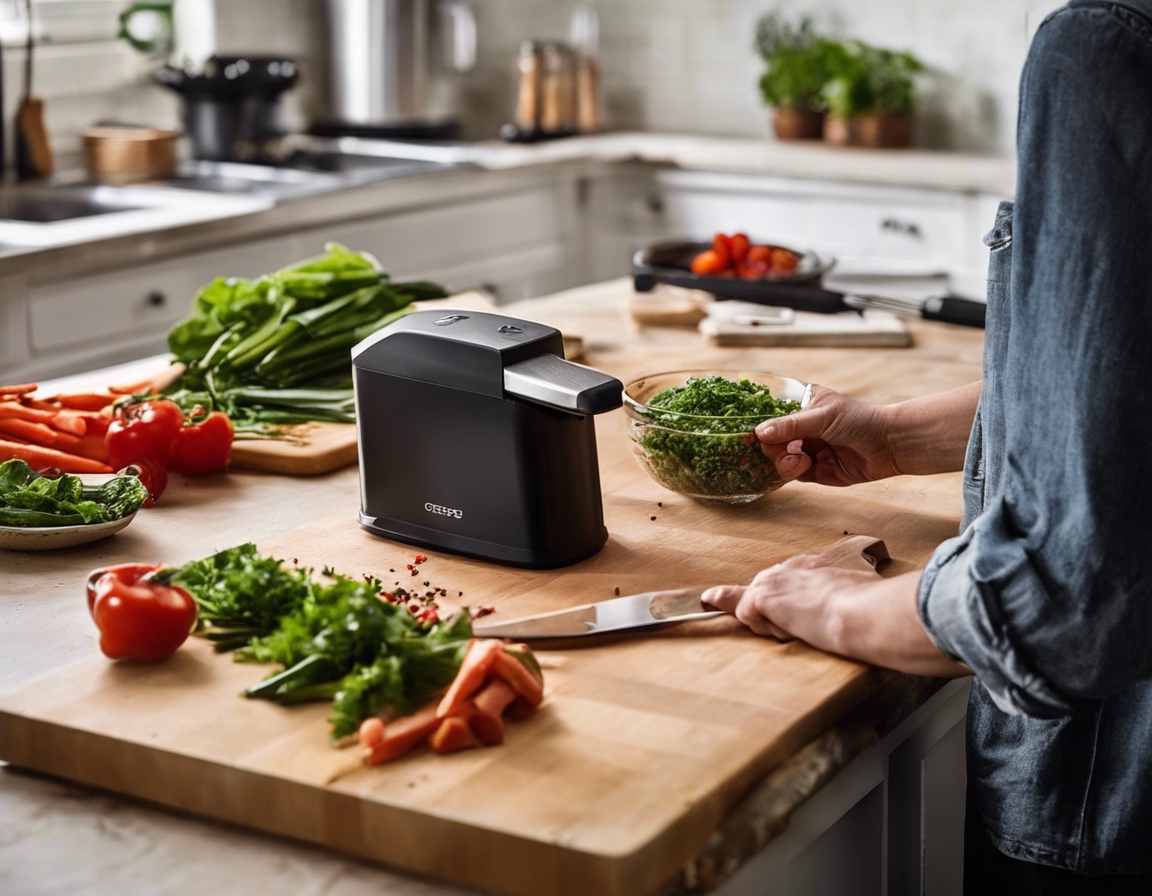5 signs your knife needs sharpening
For culinary professionals, outdoor enthusiasts, and home cooks, a sharp knife is not just a tool but an extension of their craft. Recognizing when your knife has lost its edge is crucial for maintaining performance and safety. Here are five telltale signs that it's time to sharpen your blade.
Understanding Knife Sharpness
A sharp knife is essential for efficiency and precision in cutting. It reduces the risk of accidents, as a dull knife can slip off food and cause injury. Moreover, it preserves the integrity of the ingredients, ensuring clean cuts without tearing or crushing.
Regular use naturally leads to a dulling of the blade. Factors such as the cutting surface, the material of the knife, and the type of food being cut all contribute to the rate at which a knife loses its sharpness.
Sign #1: Difficulty in Cutting
If slicing through onions or dicing herbs feels like a chore, it's a clear indication that your knife needs attention. A sharp knife should make quick work of these tasks with minimal effort.
Sign #2: Visible Blade Damage
Inspect your knife under good lighting. If you notice any nicks, rolls, or flat spots along the edge, these imperfections are signs that your knife's sharpness is compromised.
Sign #3: The Paper Test
A simple and effective way to test a knife's edge is the paper test. Hold a sheet of paper upright and try to slice through it with the knife. A sharp knife will cut smoothly, while a dull one will tear or require additional force.
Sign #4: The Tomato Test
The skin of a tomato is delicate and requires a sharp blade to pierce without squashing the fruit. If your knife struggles to slice through a tomato cleanly, it's time to sharpen it.
Sign #5: Increased Effort and Decreased Precision
When you find yourself applying more force than usual or your cuts are becoming less precise, it's a sign that your knife is not performing at its best. A well-sharpened knife glides through ingredients with ease and accuracy.





Comments (0)